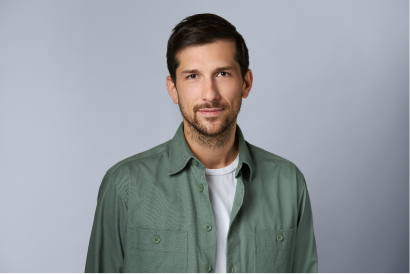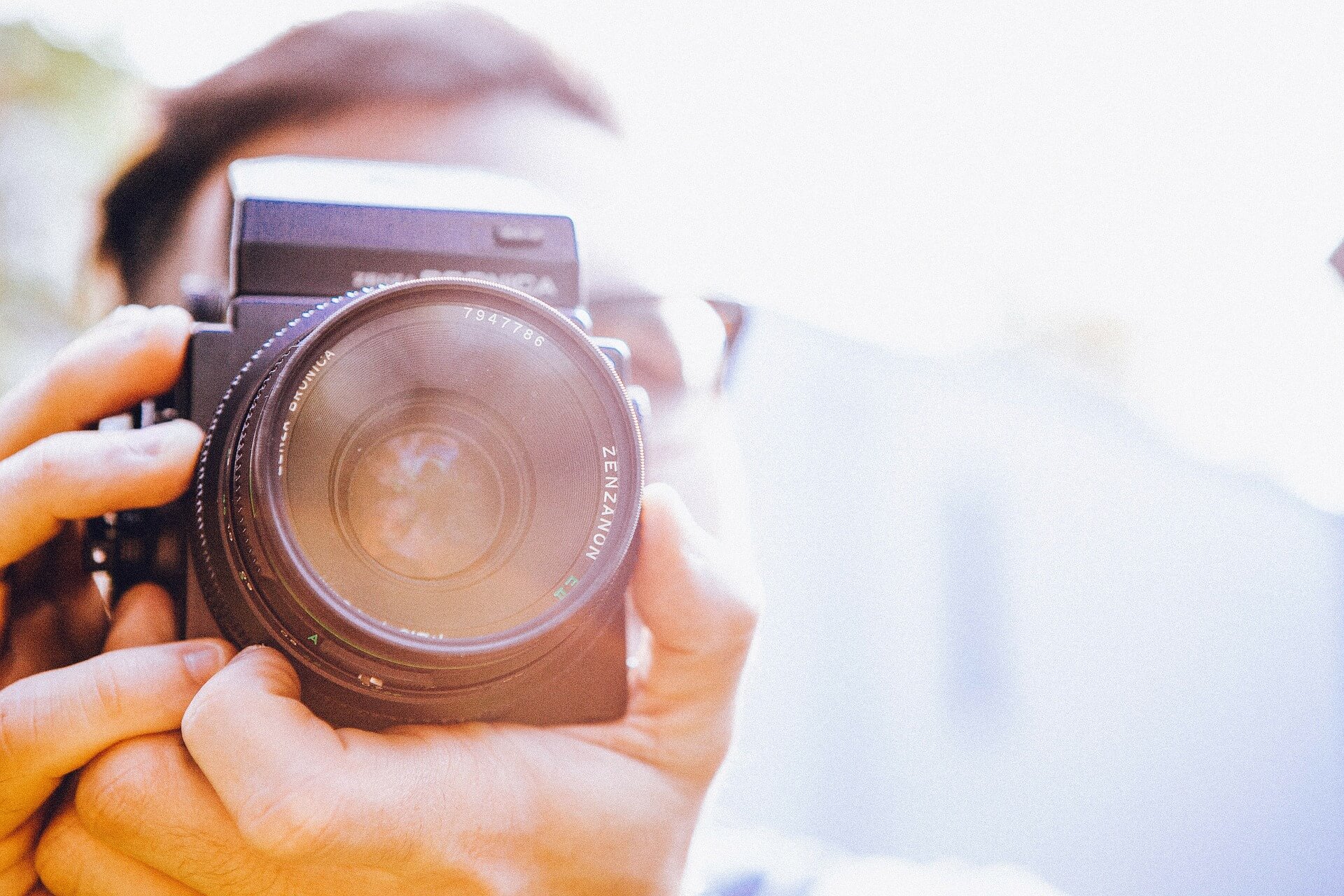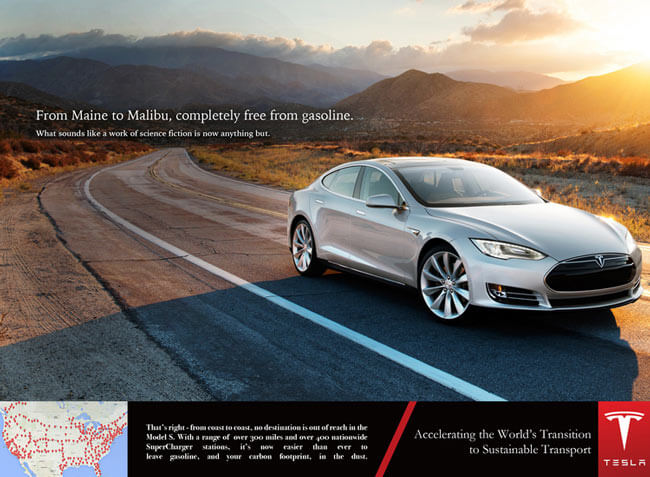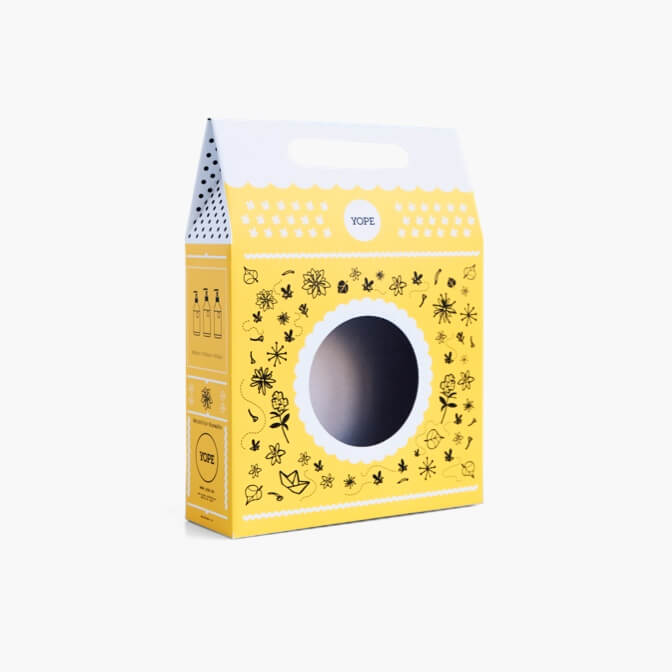Why Photography Branding Is Essential to Grow Your Business


Subscribe now! Receive 15% discount.
Don’t miss out – get 15% off your first order when you join the newsletter. It’s fast, free, and kinda smart.
You're now subscribed!
In this article:
Branding, identity, and how you present your business is an all-important part of growing your company. It involves market share, generating leads, and landing sales.
When it comes to packaging design, be it for a product or an offer or how you use designs and imagery in combination, pictures become the ultimate tool to attract new buyers.
This article unpacks the essence of photography branding, what it entails, and why it matters.
We also explore how you can use it to enhance your marketing efforts.
What Is Photography Branding?
Your branding and product image is more than a name, a logo, and a clever tag-line.
It takes a combination of several visual elements to create your unique brand identity.
And the photography that you use to show off your products is part of that branding and identity.
A customer relates and responds to your company's name and logo and what you or your services represent. They're often inspired to take action by the content you put out.
Yet, it's the brand's imagery and photos which speak the loudest in visual form.

Photography branding uses pictures to convey a message.
It sets the mood and draws people to interact with your brand.
It's often also the most distinctive way to set yourself apart from your competitors. Or lest you stand out amongst your peers.
Why Is Imagery So Important?
People are visual beings and often drawn in by imagery. It's often the first impression they'll get from your brand or product.
A striking picture, a beautiful composition, or an inspirational way to use your product says more than text printed on paper. Not to take away from words, those are important too, but the images set the tone.

Learn more about Concrete Jungle here
Photography branding also helps us comprehend and digest information.
Some experts maintain that the average person's attention span is a mere eight seconds before losing interest or moving on. It's also well known that the digital era of scrolling and flicking through channels adds to the fleeting chance you have to make an impression.
Strong advertising, particularly those using images, can help your brand keep your target customer's focus or draw them in.
It gives you a chance to lock their eyes on your wares for the opportunity to establish a long-lasting connection and engagement.
Another reason why imagery and photography branding is important includes the emotional reaction a picture can convey or evoke.
Take a look at the photo below:

You looked directly into the pupils of this person, didn't you? That's because the human brain is conditioned to make eye contact when we see another set of eyes.
The brain is pre-programmed (to a certain extent) to immediately look somewhere and also make assumptions.
Take, for example, the image below:

The car isn't moving, but its position in the frame, the lines of the road and the background give you the impression that it is. The location of the car also means that your eye is quickly drawn to the contrasting text.
This is a fine example of clever photography branding using the brain to create more effecting marketing.
Quality visuals further promote the perceived value and can help you build your reputation and earn your customers' trust.
How Best to Use Branding Photography
Consistent and quality brand photography helps to add a professional touch. It can be applied in several ways and tells your story to connect with customers.
Here are the best practices principles to apply photography branding to grow your business and enhance your marketing efforts.
Product and Packaging Pictures
Product and packaging photography plays a vital role in your photography branding tactics and demonstrate the intended or end use of the item.
It often highlights the key features and benefits of a product, such as sustainability, luxury, or ease of use. So to create an 'easy to consume' visual storyline and sell it - but don't go overboard with the 'eco' feel.
There are several kinds of product photography, each with its own set of requirements.
Lifestyle images show the product in use. It often includes a model or scenario representing your core target market to get the message across.

Click here to learn more about We Are Knitters
Beauty or hero shots put the spotlight onto the actual image. It's often done on a white or non-invasive background, styled to enhance the visual, and not how it's applied. You can also zoom in to a specific feature or part of the product to draw out close-up details and functionality.

Design and order your own Carrier Box like the one above here!
On the flip side, if you want to create a specific look and feel, you may use props or backgrounds to set the scene; a wooden backdrop or autumn leaves to indicate fall or a snowy background with cool blue tones for winter.

Learn more about Brahmaki and their Kaftkans here
Food photography can be more complex and often requires styling. Most images that are used for advertising edible products also double as a serving suggestion. So it's, in essence, a lifestyle shot, with props or with an ideal setting created to enjoy these meals.
Social Media Images
Social media is a particularly visual medium. Platforms like Pinterest and Instagram were created with image sharing in mind. They've implemented vision and mood boards or albums where millions can enjoy content in picture format.

Besides inspiring travel scenes, beautiful places, spaces, outfits, and mouth-watering food shots or 'how to' images fill the reels on smartphones.
Sharing selfies with an on-trend label, also known as portrait hashtags, have become a very popular way to express yourself and capture an in the moment experience.
Social media visuals translate style, personality, and anything from rustic, affordable, and cosy or on the complete opposite spectrum as aspirational, with luxury and sophistication.
It's a showcase for products and campaigns with built-in filters and algorithms to help you beautify and amplify your wares.

Online space and, particularly, social media are highly image-driven, and initial impressions created with images are often the first touchpoint that establishes the connection and then evolves to online interaction and engagement.
Personal Branding Photography
Leading on from social media, using a business owner as a subject for personal branding photography is a growing trend. It's particularly popular amongst entrepreneurs and female-led small-businesses.
Below is a personal branding photo of Polish Fashion Designer, Aleks Ko that she uses on her fashion label's website.

In some cases, the reason they started the company becomes their brand story that's showcased on their 'about' page.
Customers or users enjoy seeing and 'meeting' the faces behind the venture. It can be simple headshots or a more in-depth 'behind the scenes' or 'a day in the life of' images.
Personal branding is also related to social media presence.
It conveys the purpose and motivation behind the brand or business to the audience, and images become content that entrenches authority.
The minds behind the company become influencers and aspirational thought leaders, and their faces and words are shared across social media, making them an online celeb of sorts.
Website and Blogs
Photography as branding on a company website or a personal blog places it firmly in customers' hearts and minds of potential new users. It adds a character and unique touch to help create a human connection.

Plus, it is an important piece of marketing collateral that sets it apart from competitors. Images on websites can include an array of items, not only products for sale.
Some of the more popular shots are location photographs to help create an emotional association with a place. Imagine an idyllic destination to travel to or a beautiful venue for a special occasion.
Pictures help place the client right there, in the moment.
It may include authority figures such as the company leaders in the 'about us' section in a more corporate environment. It helps customers recognize and relate to the faces of the business.
If you're using brand ambassadors or influencers to promote your company, it's another great reason to add photos as a way of introduction.
It could include team photos taken in the office environment to showcase the workspaces and atmosphere and show much more than a mere physical place.

Photography branding is also ideal as testimonials or reviews on services provided. Use it to showcase scope and possibilities, particularly for large scale events or conferences and meetings.
Final Thoughts
Images speak louder than words. Photography branding is an excellent way to introduce and establish your business in the mind's eye of your users or customers.
It's an integral part of your brand's image and identity and conveys the essence of what you are in an instant. A picture that grabs the attention or inspires your customers' imagination is worth a lot in the fleeting digital era.
If it gets a second glance or stops them scrolling, you've done something right.
You can use photography as branding in many ways, from product packaging, social media, personal portfolio branding, and websites and blogs.
What's important is that you do it consistently. When done in a professional way that exudes quality so that it captures your vision and mission, you’re getting it right.
What photography branding does is create a visual experience for your current clients and prospects. It also gives you a unique look and sets your offerings apart from the competitors.
When using images with a plan and purpose, you'll propel yourself and your company into a positive growth spurt. You'll capture not only your audience's eyes but also remain entrenched in their minds, showing what you're worth and why they should do business with you.










